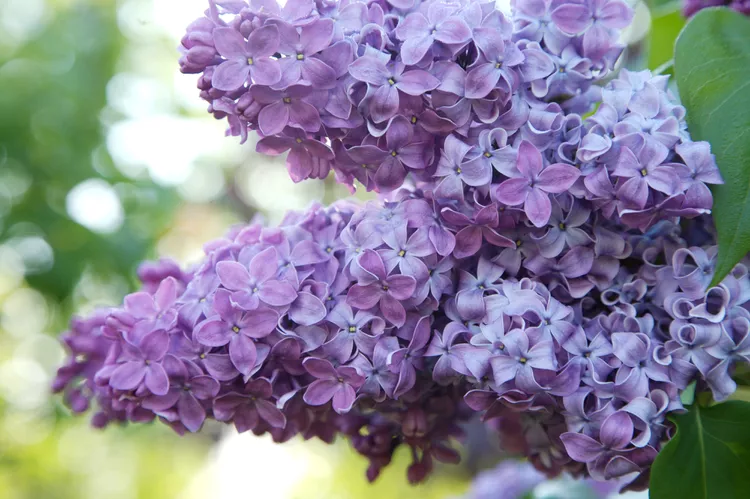Spring often brings a long list of gardening chores such as cutting back dead growth after a long winter. Spring pruning can rejuvenate many types of plants and make way for fresh leafy growth. However, there are some spring-blooming plants that you should never prune until after their flowers have faded. Pruning before they bloom removes flower buds, reduces blooming, and impairs plant health. To enjoy your spring garden in all its flowering fullness, never prune the following 10 plants in early spring.
Azaleas and Rhododendrons
Azaleas and rhododendrons are closely related plants that are much loved for their showy springtime flowers. Like many other spring-blooming ornamentals, these plants only flower on old wood and won’t bloom if you clip them back too early. Only prune azaleas and rhododendrons within three weeks after they bloom and apply fertilizer intended for acid-loving plants to maximize flowering.
Camelias
Camelias are staples in southern gardens, where they are well-known for their brightly colored flowers and luscious fragrance. However, camellias are another plant that only blooms on old wood, and early spring pruning can remove the flower buds before they open. Instead of pruning, give your camelias a little fertilizer in early spring and only pick up your pruning shears when the camelia plants are done flowering.
Spring-Blooming Clematis
There are several types of clematis, including those that bloom in spring and others that bloom later in the season. Late-blooming clematis can be pruned in early spring before their flower buds are plump. However, spring-blooming clematis, such as 'Francis Rivis' shown here, should only be cut back after the plants have flowered.
Flowering Quince
Flowering quince shrubs are typically grown for their spring-blooming flowers. Aside from removing suckers, these shrubs don't need pruning often. However, if the plants are overgrown, they can be pruned after flowering finishes. A well-timed pruning can encourage quince plants to flower more profusely the following spring.
Forsythia
Forsythias are some of the first ornamentals to bloom after winter. Their sunny yellow flowers provide much-needed support for pollinators when other nectar sources are scarce. However, if you prune back forsythia before it flowers, you’ll likely clip away flower buds and reduce blooming. To avoid this, only remove branches with winter damage in early spring and wait until the forsythia stops flowering to do a more significant pruning.
Lilacs
Like forsythia, lilacs only bloom on old wood, and they form their flower buds in the summer or fall of the previous year. As a result, these plants should not be pruned in autumn or early spring before they flower. If you want to rejuvenate lilac shrubs, remove old canes and clip away up to a third of the plant’s branches in late spring after lilac flowers have faded.
Mock Orange
When mock orange shrubs bloom in spring, their creamy white flowers emit a heady, citrus-like aroma that can’t help but liven up garden beds. Many growers locate mock oranges near balconies and patios so they can enjoy that rich, floral fragrance while it lasts. However, because mock oranges only bloom on old wood, it’s best to wait until late May to June to prune them.
Some Hydrangeas
The pruning requirements of hydrangeas can be a bit confusing, as different hydrangea varieties have different needs. Some hydrangeas, like panicle and smooth hydrangeas, flower on new wood, which means they can be pruned in spring. However, other hydrangeas (including oakleaf, bigleaf, mountain, and climbing hydrangeas) produce flowers on old wood, and they should only be cut back after spring flowering and before August arrives.
Spring-Flowering Spirea
As with hydrangeas, there are many types of spirea. Some spireas bloom on old wood in spring, while other varieties such as bridal wreath spirea (shown here) bloom on new wood in summer. Double-check your plant labels to determine the type of spirea you have, and prune spring-blooming spirea only when flowering is finished.
Honeysuckle
Honeysuckle vines can be pruned lightly at any time of the year, but heavy pruning is another story. Most honeysuckle varieties bloom in spring. Cutting plants back at this time can snip away honeysuckle flowers when they’re looking their best. Instead, prune plants after they’ve bloomed, or do your pruning in winter when the plants are dormant.




















